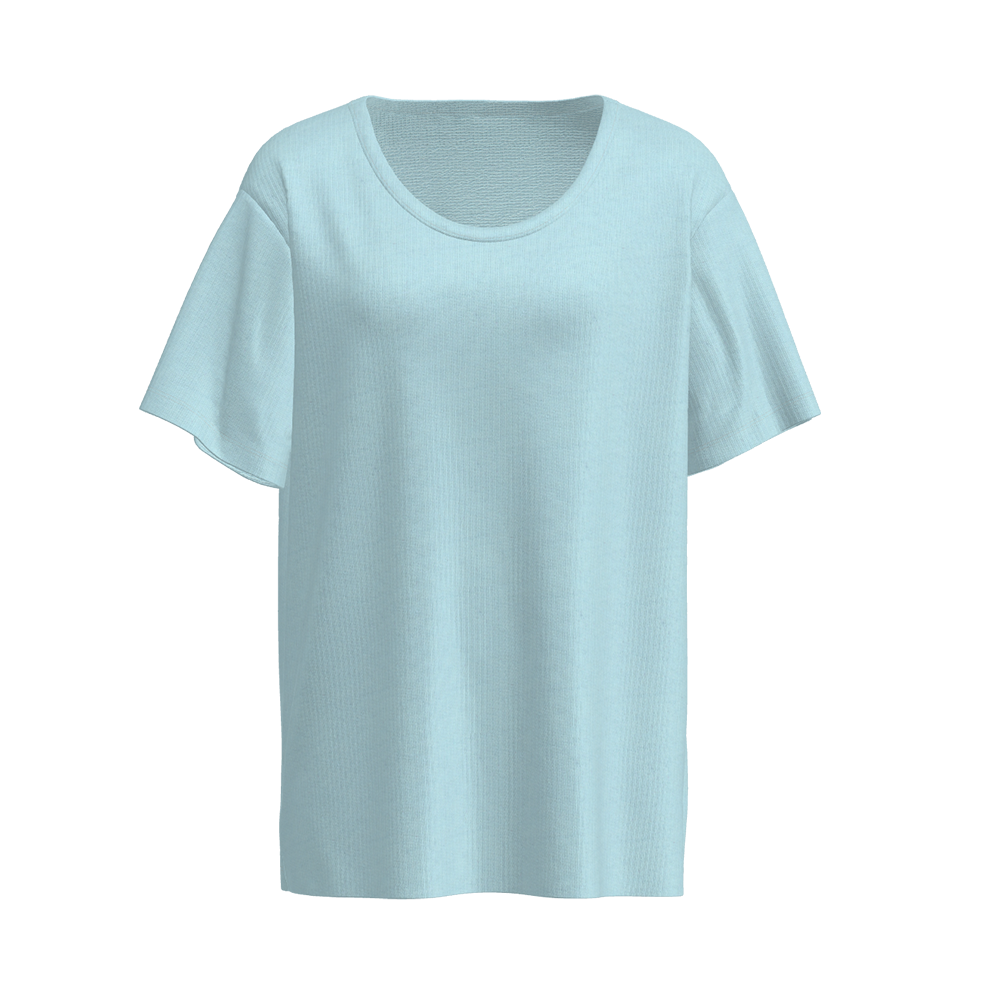
Why can air layer clothing fabrics be an ideal choice for both warmth and comfort?
Air layer fabrics are a special textile material with a unique construction principle. It connects the upper and lower layers of plain fabrics in a tucked loop manner to form an intermediate layer of about 1-2 mm in the middle of the fabric, thereby constructing a three-layer fabric structure of inner, middle and outer layers. This structural design forms an air layer inside the fabric. The intermediate layer generally uses finer and more elastic chemical fiber filaments or pure cotton yarns, such as polyester, polyester-spandex, polyester-cotton-spandex, etc. These materials have the characteristics of high fluffiness and good elasticity, and can effectively form a static air layer.
The reason why air can be a good insulation material is that the heat conduction capacity between air molecules is weak. When there is an air layer in the fabric, it is like a natural barrier that can effectively prevent the loss of body heat. The heat generated by the human body forms a relatively stable environment in the air layer, while blocking the entry of cold air from the outside, thereby achieving an excellent warming effect. This warming mechanism is different from traditional thickened fabrics. Air layer fabrics do not simply rely on increasing the thickness of the fabric to keep warm, but through reasonable structural design, use the insulation properties of air to achieve the warming function in a lighter way.
Air layer fabrics also have many advantages in terms of comfort. From the touch, it has a smooth surface, soft and smooth lining, and is skin-friendly and comfortable.
In terms of breathability, although air layer fabrics have good warmth retention, their fabric structure allows air to flow freely. This unique breathability helps regulate temperature and humidity. When the human body sweats, sweat can evaporate quickly, keeping the skin dry and making people feel comfortable and at ease during wearing. Whether it is outdoor activities in the cold winter or long-term wear in a warm room, air layer fabrics can provide a good breathable environment to avoid discomfort caused by stuffiness.
In addition, air layer fabrics also have good elasticity. The warp and weft weaving process it uses has superior elasticity compared to knitted clothing. This elasticity makes the clothing fit the body better when worn, and it is free to move, as comfortable as a second layer of skin. Whether it is doing large-scale exercise or daily walking, sitting or standing, there will be no sense of restraint, allowing people to move freely.
The material types of air layer fabrics are rich and varied, including pure cotton air layer, cotton-polyester air layer, polyester air layer, polyester-ammonia air layer, cotton-polyester-ammonia air layer, viscose-polyester-ammonia air layer, etc. Air layer fabrics of different materials have their own unique characteristics and are suitable for different scenes.
Pure cotton air layer fabric has good moisture absorption and breathability, excellent skin-friendliness, and gives people a natural and comfortable feeling. However, its dimensional stability is poor, and it is easy to deform and wrinkle. Therefore, pure cotton air layer fabric is more suitable for making some clothing that has high requirements for comfort but not strict requirements for style stiffness, such as home clothes, casual T-shirts, etc.
Cotton-polyester air layer is also usually called cotton-covered polyester fabric. Generally, the front is cotton, the back is polyester, and polyester yarn is used in the middle for connection. The polyester-cotton air layer has good warmth retention and moisture conductivity, and can quickly discharge the sweat produced by the human body to keep the body dry. This fabric has both the comfort of cotton and the durability of polyester, so it is widely used in clothing fabrics such as hoodies, jackets, suits, baseball uniforms, etc., and is suitable for wearing in spring and autumn or warmer winter.
Polyester air layer knitted fabric has the characteristics of being crisp and stylish, not easy to wrinkle, and has good wear resistance. However, its breathability is relatively poor, it will be a bit stuffy, and it is not as soft and comfortable as pure cotton air layer. At the same time, it is easy to snag and inconvenient to wash and maintain. Polyester air layer knitted fabric is more suitable for making some clothing with high requirements for style, and the wearing environment is relatively dry and not easy to sweat, such as formal jackets, professional suits, etc.
In clothing design, air layer fabrics provide designers with a broad creative space with their unique performance and appearance. Designers can design a variety of novel styles and versatile clothing based on the characteristics of air layer fabrics.
In terms of style design, air layer fabrics can be used to make various types of clothing, such as sweatshirts, coats, dresses, pants, etc. Its crisp appearance can add a sense of three-dimensionality and fashion to clothing, making it more beautiful and generous. For example, in sweatshirt design, air layer fabrics can create a loose and casual style while ensuring the comfort and warmth of wearing; in coat design, air layer fabrics can be combined with different cuts and details to show a fashionable and atmospheric temperament.
In terms of color matching, air layer fabrics also have great advantages. Due to its smooth surface, it can well present the brightness and saturation of colors. Designers can choose suitable colors to match according to different seasons and trends to create a classic and vibrant clothing series. For example, in autumn and winter, you can choose warm and calm colors such as khaki and dark green to add the charm of the season; in spring and summer, you can choose lively and fresh colors such as pink and light purple to add a touch of bright color to the clothing.
LATEST POST
Let’s create something amazing together
contact usDon't hesitate to contact when you need us!



 English
English 한국어
한국어 中文简体
中文简体

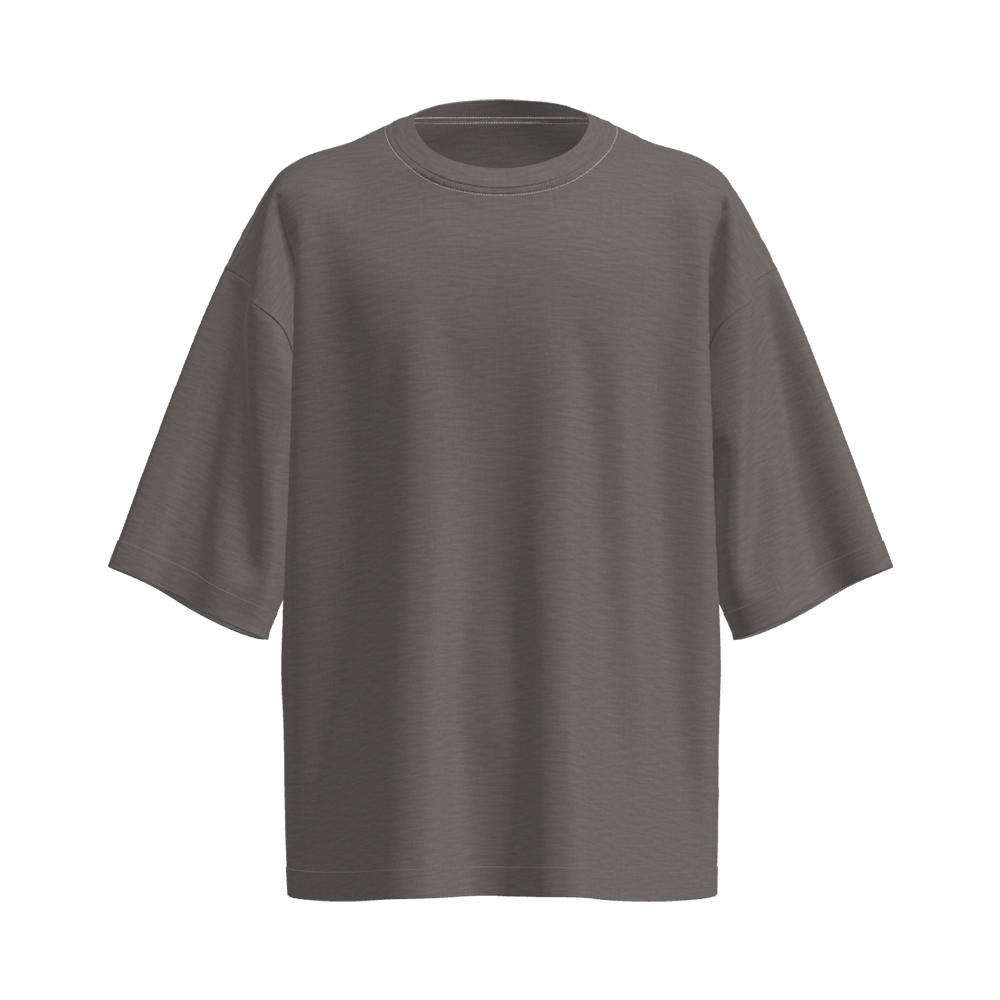

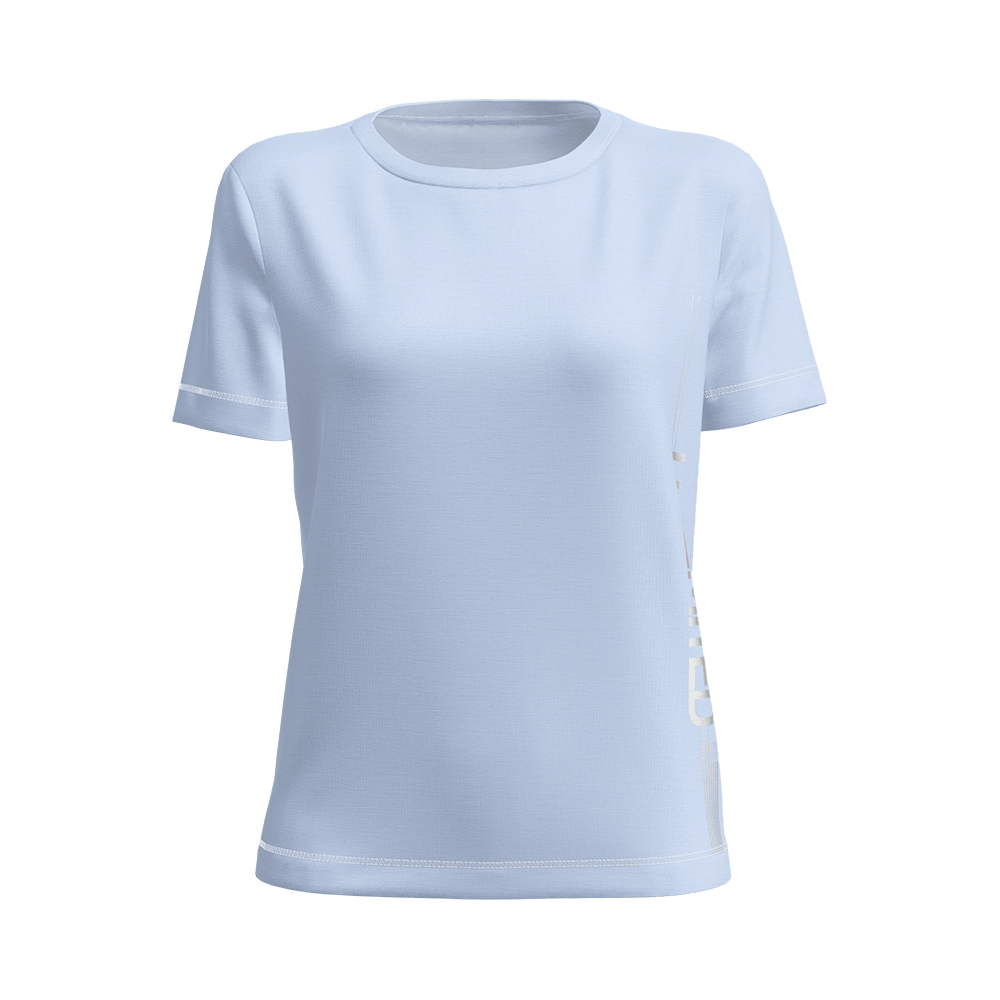

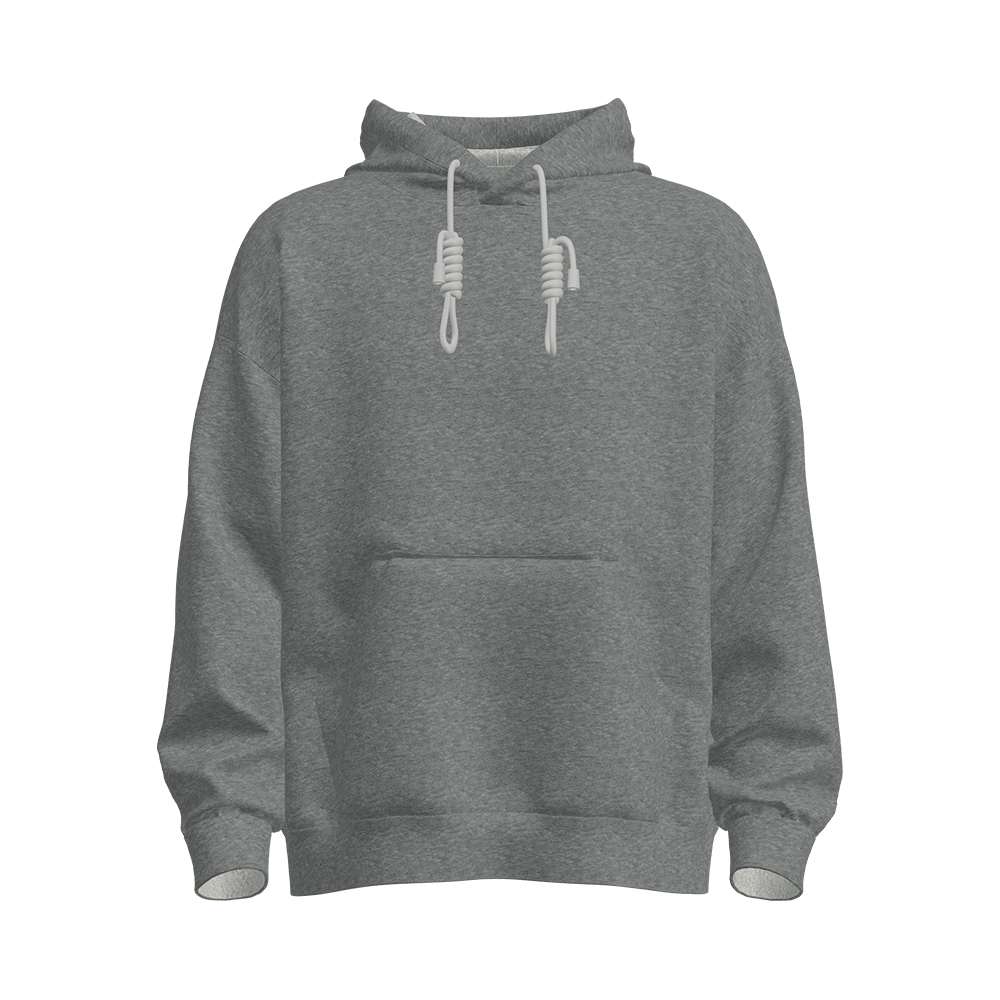
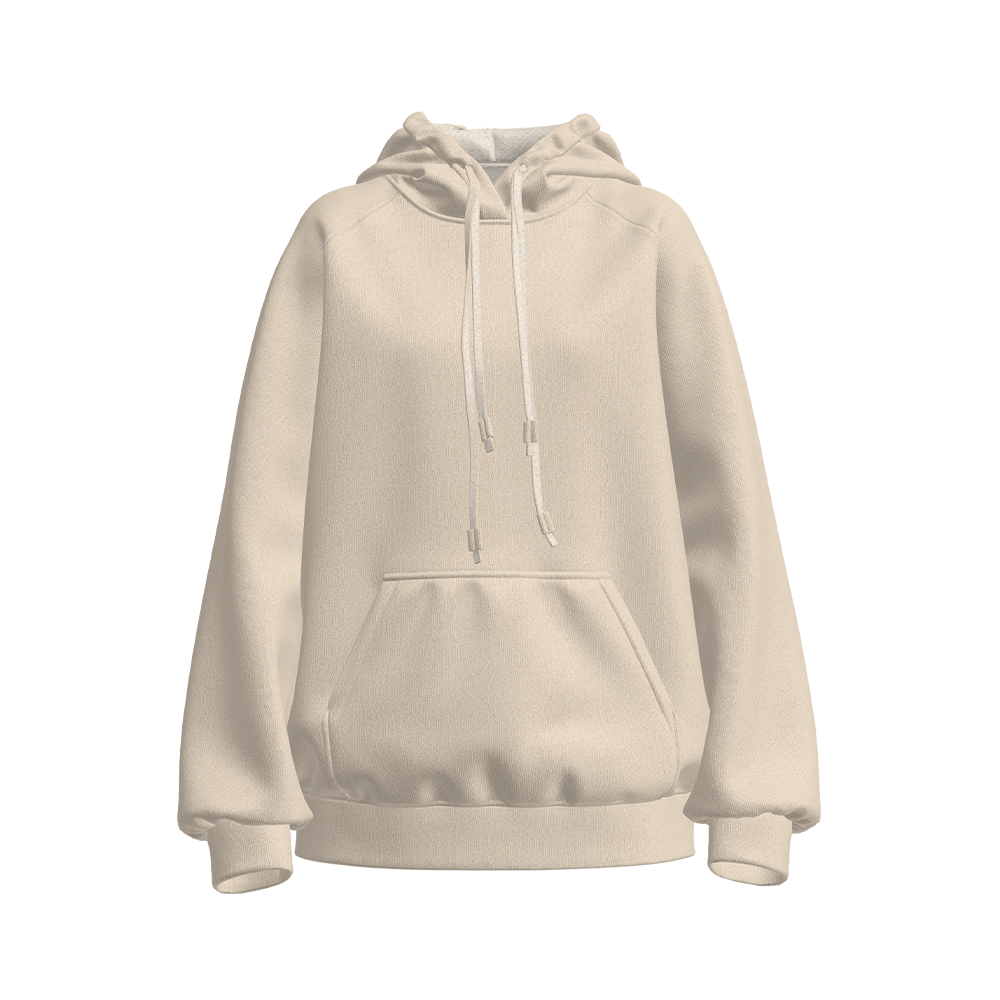


 +86-512-52528088
+86-512-52528088 +86-512-14546515
+86-512-14546515

